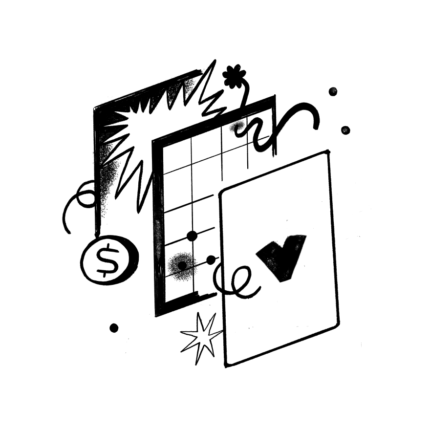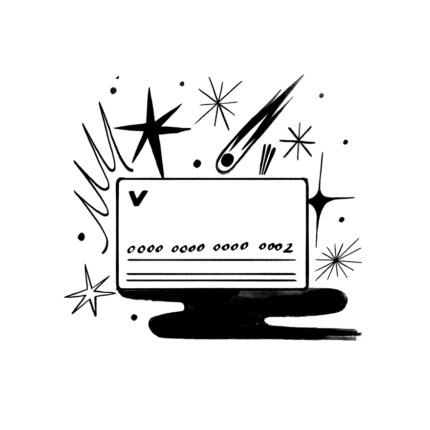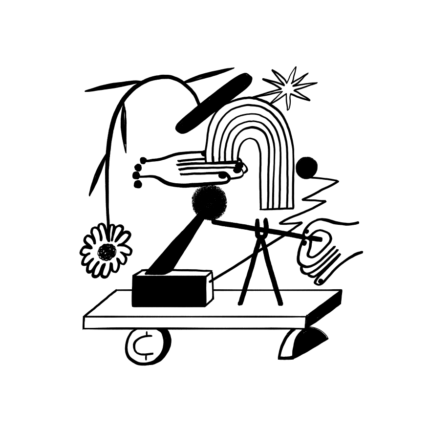
Tips from the experts: Open Enrollment for freelancers
Take it from us: choosing a healthcare plan is no small feat! That’s why we’ve rounded up some wise words from the experts on how to make Open Enrollment just a little bit easier.
For many people, Open Enrollment (OE), which occurs between November 1st and December 15th, can feel like a daunting period. And it’s no wonder! You’re expected to take this time to enroll in the perfect health plan for the coming year. It’s a hefty task.
We’re confident, though, that by keeping in mind some of these key concepts, you’ll make the process that much easier, both for this year and in the years to come.
Tip #1: Reduce taxes with an HSA
Self-employed individuals have to pay higher taxes than traditionally employed consumers, so many freelancers try to maximize their tax deductions. Some do this by opening and contributing to a health savings account (HSA).
If you’re a regular visitor to our blog, you may already know that you can only contribute to an HSA if you have a high-deductible health plan (HDHP)… or health insurance plan with low premiums and high deductibles.
However, it’s important to note that not every HDHP is HSA-eligible. For 2022, the IRS defines a high deductible health plan as “any plan with a deductible of at least $1,400 for an individual or $2,800 for a family.” Likewise, an HDHP’s “total yearly out-of-pocket expenses can’t be more than $7,050 for an individual or $14,100 for a family. Some HDHPs have higher out-of-pocket limits, so consumers who choose them are not eligible to open an HSA.
If you’re buying coverage through the Healthcare Marketplace, look for plans that specifically say “HSA eligible.” If you see an HDHP that doesn’t mention HSA eligibility, it may not qualify.
Tip #2: Invest in your future health
When you open and contribute to an HSA, you have the option to start investing in it as well.
Rob Erich, founder of personal finance website ARicherYou.com, says that especially if you invest with your HSA, “[having one] is like having another Roth IRA retirement account.” Plus, any contributions, investment gains, or purchases made on eligible health services and products using your HSA are all tax-free.
Tip #3: Understand your budget
Former HR supervisor Laura Gariepy of Before You Go Freelance says that a common mistake she sees is consumers not understanding how much coverage they actually need.
For example, many choose an HDHP so that they can pay the lowest amount every month. But for some, that may not be the wisest call.
“An HDHP may not be ideal if you have a serious or chronic condition that requires regular care or expensive prescriptions,” Gariepy says.
It’s true that with an HDHP, you may end up spending more out of pocket. But no other account offers the triple tax benefits of an HSA. Likewise, depending on your provider, your HDHP may also come with select benefits like various wellness programs and preventive services that won’t cost you a dime.
And luckily, your HSA can act as a tax savings machine that’ll offset the potential cost of your HDHP. Simple as that.
Tip #4: Double-check network coverage
When you re-enroll for the same health insurance policy, it’s easy to assume that the coverage you had last year will stay the same this year. E.g everything that was once in-network, remains, and everything that you knew to be out of network does, too.
Well, that isn’t always the case.
When you shop for a plan, you can usually search to see if your doctors, pharmacies, and specialists are in-network. If there’s no search feature attached to your plan, you can call the billing department of the doctor you’re looking for and inquire further re: the insurance they take.
Tip #5: You may qualify for a subsidy
Many freelancers avoid buying health insurance through the HealthCare Marketplace because they don’t think they can afford the monthly premium. But in 2021, the Biden administration increased the amount that individuals could earn to receive a health insurance subsidy through the Marketplace.
For 2021 and 2022, individuals who buy insurance through the Healthcare Marketplace will not pay more than 8.5% of their income in health insurance premiums.
When you visit the Marketplace website and input your age, sex, how many people are in your household, and estimated income, it will show you see how much of a subsidy you may be able to receive.
Most freelancers’ income fluctuates year-to-year, so it can be hard to give an accurate estimate. Gariepy advises consumers to avoid overestimating if possible, explaining: “You could qualify for a money-saving premium subsidy if your anticipated earnings are low enough,” Gariepy said.
Underestimating your income can also come with consequences, however. If you end up earning more than you estimated, you may have to repay part or all of the subsidy when filing your taxes. If you end up earning less, you may have the subsidy returned. Put in the time to really do the math to the best of your ability and save yourself the headache later.
Ready to learn more about how to best use your HDHP once you’ve acquired one? Head to one of our favorite budget breakdown pieces by CNBC Personal Finance Reporter and CFP Kate Dore.


